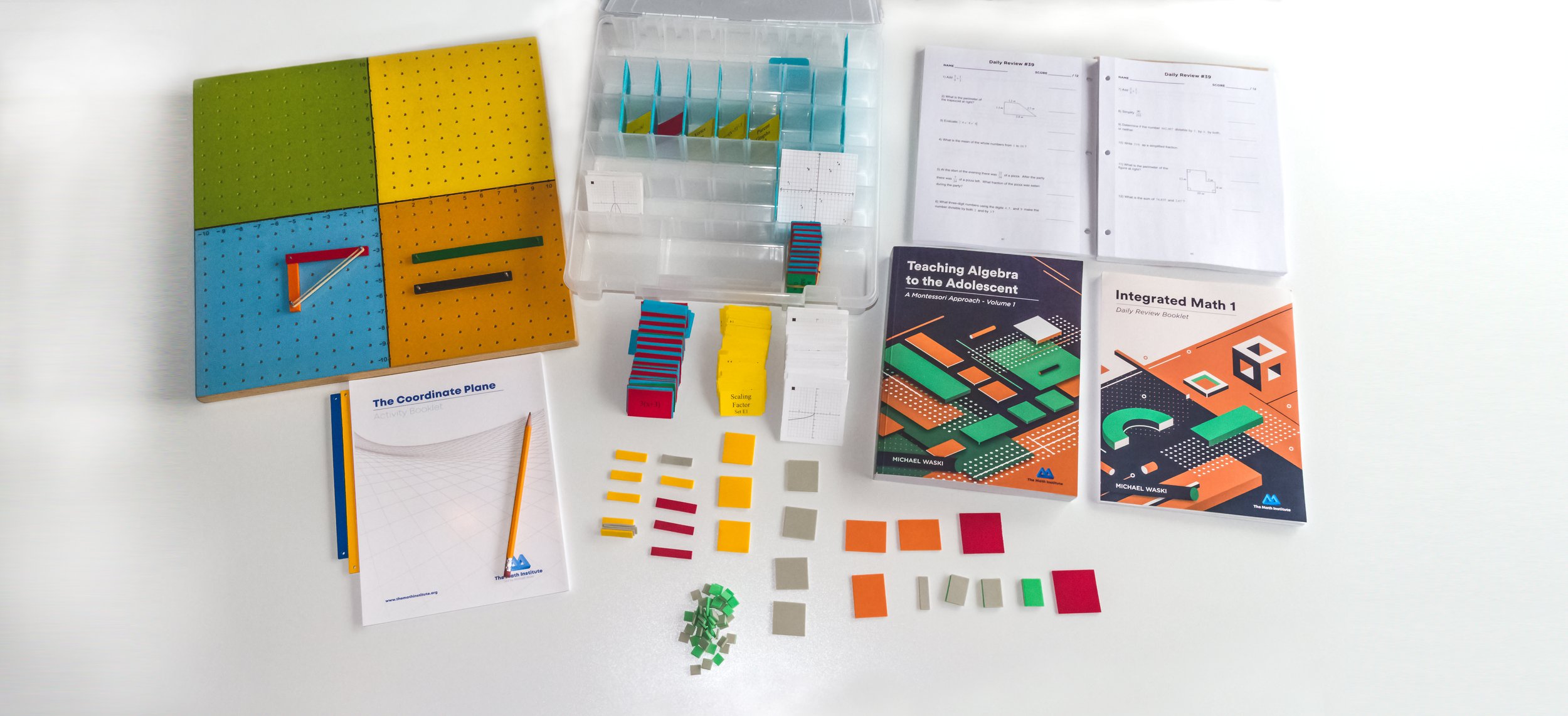
Why AMS training?
Dear soon-to-be Montessori-trained teacher,
If you are here it is because you want to become an adolescent guide and haven’t decided yet which training course to take on. Let me tell you why we decided to bring AMS training to Europe, and why the adolescent training (for students ages 12 to 18) in particular.
Firstly as a School, we want to train all our team, especially those who will be starting our adolescent project in 2025. We are a verified school by AMS and we seek to have the entire school accredited by AMS, therefore our staff needs to hold a Montessori teaching credential or diploma degree recognised by MACTE.
MACTE recognises training programs from several different training affiliates, on a program by program basis. Not all of these affiliates have programs offering adolescent training, and not all programs are accredited by MACTE.
American Montessori Society (AMS) - all programs
Association Montessori International (AMI)- some programs
Association Montessori International – USA (AMI-USA) - some programs
Christian Montessori Fellowship (CMF) - some programs
Independents Not In A Consortium (IND)
International Association for Progressive Montessori (IAPM)
International Montessori Council (IMC)
Montessori Australia (MA)
Montessori Educational Programs International (MEPI)
Montessori Institute of America (MIA)
Pan American Montessori Society (PAMS)
In which school will I work?
As you can see there are many options for training to become a Montessori trained teacher. Some training will be sufficient for the school you want to work for, but choose carefully, some schools will only accept MACTE-affiliated trained guides.
Association Montessori Internationale (abbreviated as AMI), and the American Montessori Society (abbreviated as AMS) are the two largest organisations that train teachers.
AMS was Founded In 1960 by Nancy McCormick Rambusch and there are Approximately 100 training centers in the world.
AMI was founded by Maria Montessori in 1929 and there are approximately 65 training centers in the world.
I, myself went through the whole 12 to 18 (adolescent) AMI training. My view wasn’t to become a teacher, it was rather to better understand the Montessori views of the secondary program. I appreciated many aspects of this training, including a very complete understanding of Montessori’s theories. However, I am choosing AMS training (and CMStep training in particular) for the teachers at my school, because CMStep training is known for providing both theory and strong support and practical tools for teachers engaged in the work of teaching adolescents.
We are a city-based school and we want to use the city resources. And while a farm-based model is wonderful for schools located in such settings, we felt like high-quality Montessori in secondary schools could happen in urban areas as well. It is true that adolescents need to work and have physical tasks, but there are plenty of successful Adolescent Programs in the world that are city-based. There is even a very good PhD thesis on that matter:
Redesigning & rethinking Montessori adolescent education: A hybrid model for the 21st Century
How much time do you have?
Becoming a Montessori teacher is a LOT of work. Think carefully about time and finances before committing. Some trainings are mostly presential and require significant travel and time away from home. My experience was like this; I had to plan for 12 weeks away from home, four round-trip sessions, plus accommodations and meals for those weeks.
On the other hand, the low-residency program that CMStep offers is designed for working teachers, with lives and families. Online coursework takes approximately three semesters, with 5-7 hours of online work expected each week, mostly on your own timeline. You will also come to our training centre for two weeks (14 days) in the first summer, one long weekend (5 days) in the fall, and one week (8 days) in the second summer. You will have access to the wonderful city of Barcelona, and our center is a short walk from the nearest train station taking you to either the town or the countryside within 15 minutes.
Interested participants can also apply to the Master’s Program of Xavier University, and earn credit towards an MEd for CMStep coursework. (Please note, though, that CMStep tuition does not cover graduate credits from Xavier University.)
Regardless of whether you decide to join our training program or another, keep in mind that Montessori Training is about changing the adult. Please look over the information presented here or at cmstep.com, and reach out with any questions.
Wishing you the best on your Montessori Journey,
Tim,
Executive Director.

